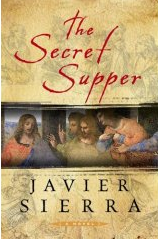The association between Emperor Asoka and Orissa go much beyond the Kalinga war. There are people who suggest that Asoka had never ever been to Orissa , even though there are statues with the inscription that it was unveiled by Asoka himself. When Huen Tsang visited Orissa in the 6th century, he saw ten stupas in the Odra country, established by Asoka and present day archaeology in that region have given lot of artifacts, dating to the time of Asoka. Excavations done by the Orissa Institute of Maritime and South East-Asian Studies are revealing new facts about the capital of Kalinga, the city of Tosali and if Vajragiri had ties with Japan.
The organisation had extensively surveyed the Brahmani-Kelua river valley since 1996 to explore and excavate Buddhist sites. It had excavated Langudi hill site and discovered the ancient Pushpagiri Vihara, an Ashokan Stupa, two rare statues believed to be that of Emperor Ashoka himself, besides 54 rock-cut votive Stupas, five Dhyani Buddha statues and remains of two monasteries.
The excavation of the fort of Radhanagar indicated that it could be the ancient capital of Kalinga, Pradhan said. The excavation of the fort of Radhanagar indicated that it could be the ancient capital of Kalinga, Pradhan, also the curator of state archaeology, said.
The artefacts discovered from last year’s excavation established that Radhanagar or Tosali was a fort city. But interesting findings of this year indicated that it could be a Port city.
